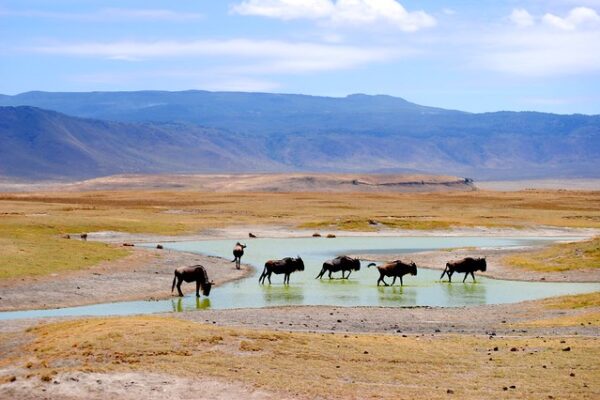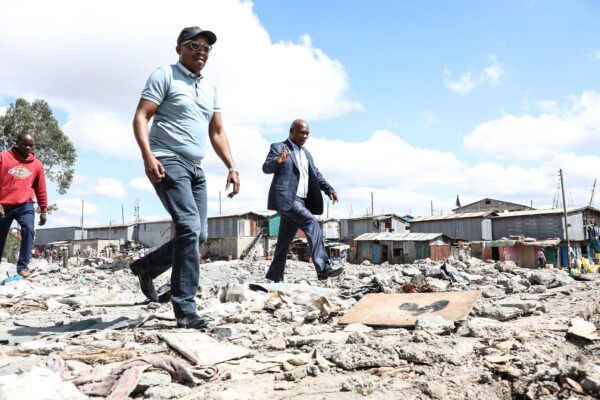Seven years ago, Kenya imposed a ban on the manufacturing and importation of plastic carrier bags. Tens of millions of plastic bags were handed out in supermarkets every year in Kenya, polluting the environment and clogging drainage systems, which contributed to floods during the rainy seasons. Unfortunately, PET plastic bottles have now emerged as the new ‘king of trash.’ According to the United Nations Environment Programme (UNEP), every day, the equivalent of 2,000 garbage trucks full of plastic are dumped into the world’s oceans, rivers, and lakes. In Kenya, aside from polluting water bodies, PET plastic bottles are an eyesore in drainages, landfills, land, and other open grounds. UNEP adds that plastic production will increase by 40% in the next 10 years. “If we don’t do anything about the plastic soup, oceans will carry more plastic than fish (by weight) by 2050,” the United Nations warns, indicating that marine life will be irreparably destroyed. To address this global menace, James Muritu, an engineer from Kenol in Murang’a County, is producing fuel from plastic bottles through pyrolysis. Muritu, who spent over 20 years building software and hardware systems, uses locally assembled reactors to turn plastic into fuel. “The dream of producing fuel was born accidentally. Initially, I used to produce cabro paving blocks, and during the process, the plastic liquid caught fire,” Muritu said. The liquid catching fire ignited Muritu’s curiosity and got him interested in studying the chemical composition of plastic. “I learned plastics are made from hydrocarbons, and it was possible for us to produce fuel from them. Since then, I have never turned back,” he said. To produce fuel, Muritu and his partner Michael Nthenge constructed a reactor from locally available materials. He explained that he first received plastics from women, youths, and scrapyard dealers. “The large plastics are washed and shredded into small pieces before being put into a furnace, which is tightly closed to ensure it is free of oxygen,” he said. The materials are heated in two cycles determined by different temperatures, a process known as pyrolysis. Through pyrolysis, the plastic is heated to extremely high temperatures, between 300°C and 900°C, in the absence of oxygen. This causes it to break down into smaller molecules and transform into pyrolysis oil or gas. “We regulate temperatures to either come up with a petrol equivalent or a diesel equivalent. The first cycle produces heavy fuel or crude oil, and the second one refines the product,” he said. Muritu says pyrolysis is an ecologically friendly and cost-effective technology for recovering energy from waste plastic. It allows for the reuse of plastic waste as a source of energy for fuel production while also being environmentally friendly and cost-effective. “Our diesel fuel variant that’s currently sold as a diesel fuel blend has undergone rigorous tests by the Kenya Bureau of Standards and was issued a Quality Standard mark in December 2023,” he said. Since February, when production and commercialization started, Muritu has been producing 500 to 1,000 liters a day. “Our customers are farmers, boda boda riders, and a few lorry owners. It has not been easy to convince people to trust our fuel because initially, my vehicle used to stall regularly after using it,” he revealed. But after several years of research and fine-tuning the process, the quality has been ascertained, and motorists are getting value for their money. “Our prices are friendly, and those who are using the product say that it lasts longer than other fuels,” he said. Muritu revealed that, between July of last year and January of this year, they collected and used 5,770 kilograms of plastic, saving the planet from greenhouse gases.










